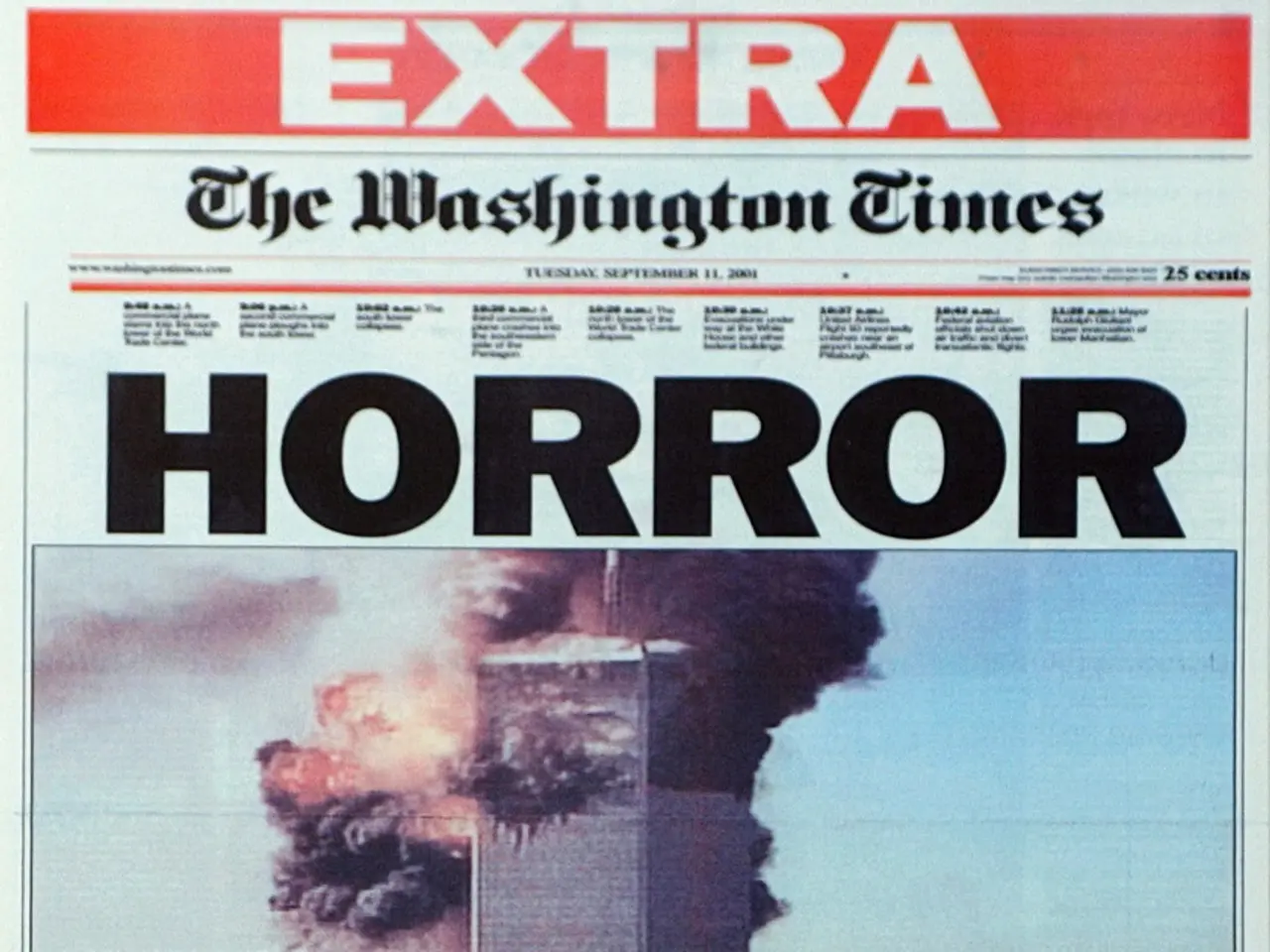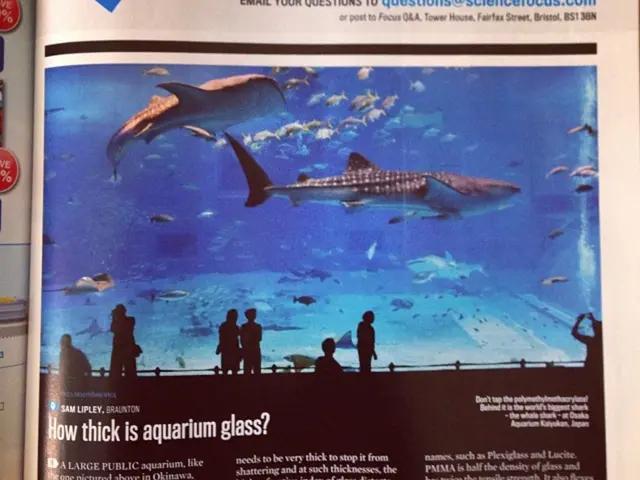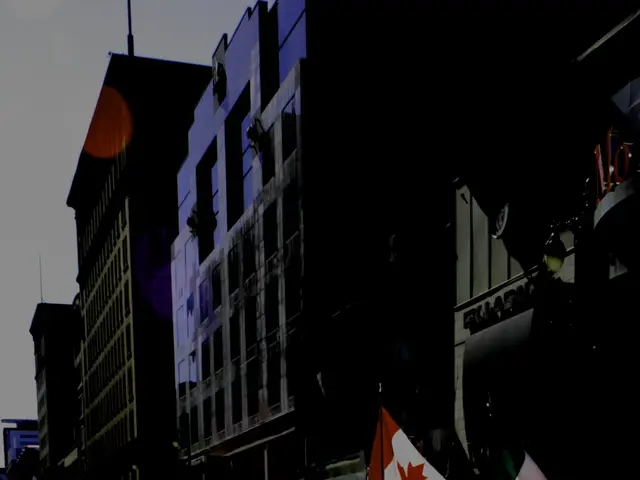"Depiction of the 'Landshut' Abduction in the News Media"
In October 1977, the hijacking of Lufthansa flight LH181 seemed to confirm the feelings of threat among the West German population. The event sparked a series of dramatic responses, both from the authorities and the public.
The large-scale graphics in BILD, a prominent German newspaper, illustrated the possible interior of the "Landshut" and speculated about a rescue operation à la Entebbe. The media coverage, however, often consisted of sensational reporting that fueled the desire for more of the 'terrorism story'.
Over the weekend following the hijacking, thousands of people gathered outside the Bonn Chancellery. The police estimated that around three to four thousand people came throughout Saturday and Sunday. Surrounding streets had to be closed to private cars due to the large crowd.
The crowd remained silent and still, creating a living backdrop outside the screened-off government building. Relatives of hostages joined the crowd, and BILD newspaper showed pictures of relatives who wanted to speak to the Federal Chancellor. One poignant image was a child with a sign hung around their neck: "Mr. Federal Chancellor! I want my mom back!"
The media played a decisive role in structuring political communication during this time. BILD focused on another counter-stage, juxtaposing the hijacked plane with the high-security prison in Stammheim. The front page of BILD on October 17 showed a series of headlines: "Panic in the hijacked jet. Pale-faced Chancellor. Mrs. Schleyer cries. Baader rages with anger. Poor Schleyer. Terrorists beat the hostages."
Tagesschau, another prominent news outlet, reported on "spectators and tourists" at the gatherings. Media speculation about possible RAF attacks contributed to the spread of a 'moral panic'. Voices from the crowd outside the prison were quoted: "'Shoot one every hour, then it'll be over soon.'"
The West German federal government, specifically the Federal Ministry of the Interior, sent the GSG-9 special unit to Somalia to handle the hijacking of Lufthansa flight LH181. The events of this time marked the peak of a societal confrontation with perceived 'terrorism' from the Red Army Faction, which began in 1970.
Over time, this media coverage developed into a canon that revolved around the same stories and interpretive patterns. The RAF had sent another photo of the hijacked Schleyer to news agencies, showing him in front of a poster with the RAF logo and the names "Commando Siegfried Hausner" and "Commando Martyr Halimeh".
The media, particularly BILD, focused on the crowd outside the prison, reporting on a "crowd of onlookers". The events surrounding the hijacking of Lufthansa flight LH181 serve as a stark reminder of a period in West German history when fear and public outrage were at their height due to the actions of the Red Army Faction.
Read also:
- Impact of Alcohol on the Human Body: Nine Aspects of Health Alteration Due to Alcohol Consumption
- Understanding the Concept of Obesity
- Lu Shiow-yen's Challenging Position as Chair of the Chinese Nationalist Party (KMT) Under Scrutiny in Donovan's Analysis
- Tough choices on August 13, 2025 for those born under Aquarius? Consider the advantages and disadvantages to gain guidance








